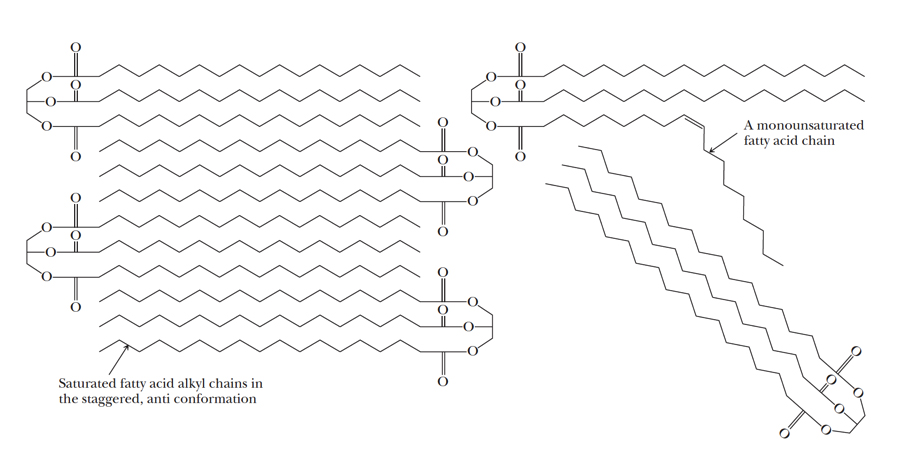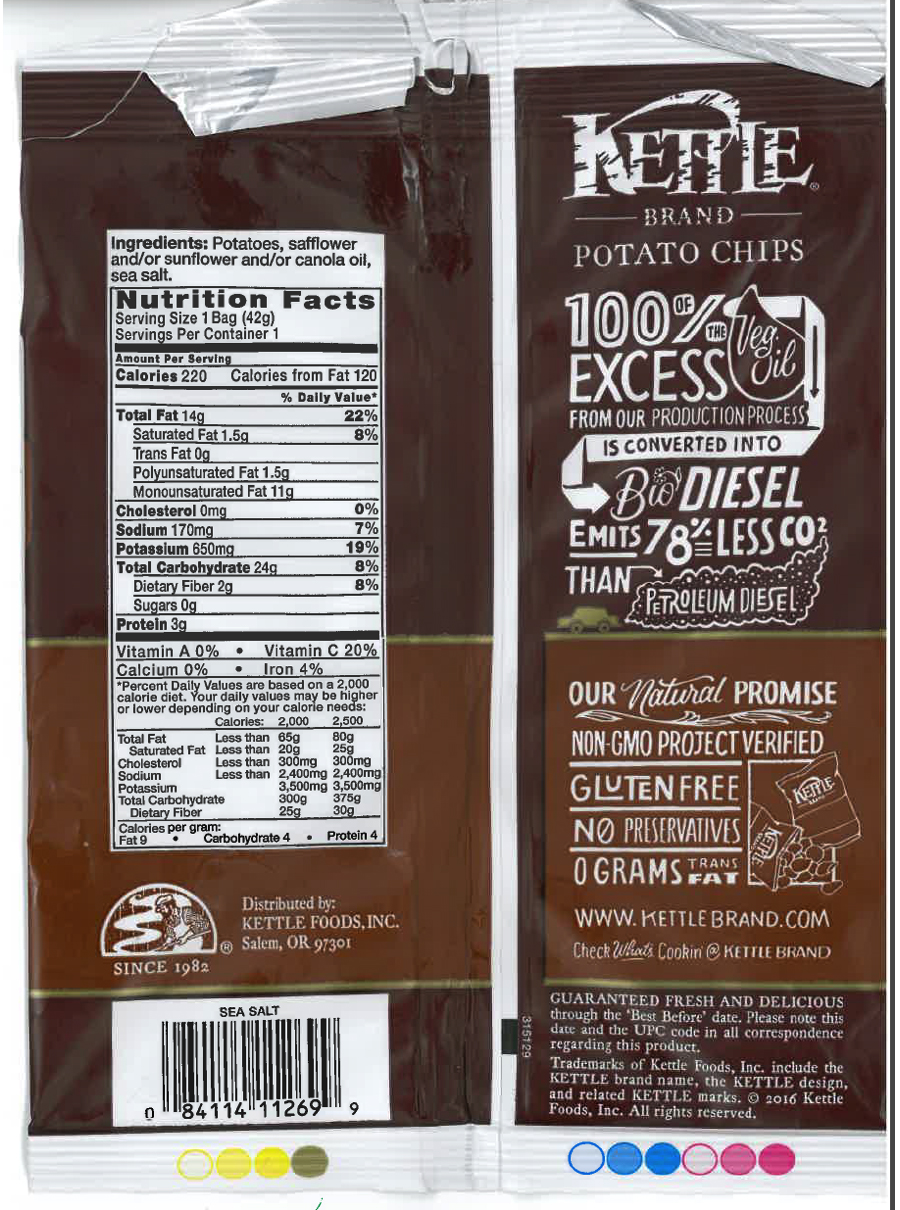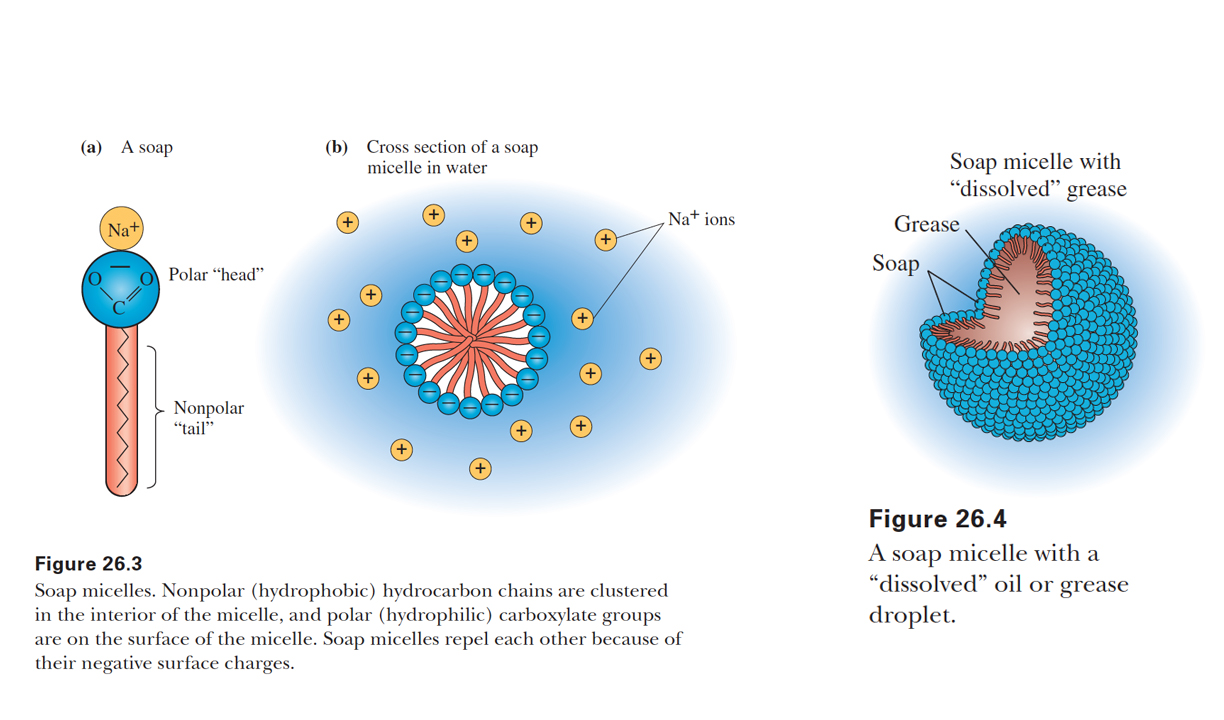Pictures of the Day
2-20-2025

Above are common fatty acids of 18 carbons. The key differences are the number of cis double bonds. Fatty acids are most commonly found linked to glycerol in the form of ester bonds. Triglycerides, that is the fatty acid esters of glycerol, are either called oils or fats, depeding on whether the material is a liquid or a solid, respectively, at room temperature. Note that the common fatty acids only have cis double bonds, not trans. Trans double bond, leading to so-called "trans fats" are caused when fats or oils are heated repeatedly (frying oil is not changed) or when partial hydrogenation is carried out on polyunsaturated fatty acids and the reaction is allowed to continue under limiting hydrogen conditions so that double bond isomerization to the more stable trans form occurs. Trans fats are therefore not common components of unprocessed foods, and have been largely removed from the American diet because of strong links to cardiovacular disease, especially atherosclerosis.

Both fats and oils are composed of triglycerides. The more cis double bonds in a fatty acid, the less well it can pack (cis bonds put a kink in the chain) preventing solid formation. Therefore, oils have more so-called unsaturated (i.e. cis double bonds) fatty acids, while fats have more saturated (can pack together better) fatty acids. Remember, fats are solids at room temperature (chains pack better) while oils are liquids at room temperature (chains cannot pack well enough to be solids).

The back of this chip bag from 2017 has three different things to notice. First, notice the large amount of fat. That is because the potato slices are fried in vegetable oil (a triglyceride), and the oil is absorbed into the potato material. The "Fat" is therefore not referring to oil (i.e. triglyceride) itself, but rather the individual fatty acids that make up the triglyceride of the oil. Most is monounsaturated, probably oleic acid, because that insures a liquid form at or above room temperature. 11 gm. monounsaturated vs. 1.5 gm of saturated or polyunsaturated fatty acid. Also notice there is no trans fatty acids, a good thing for all of us. Second, notice the use of sea salt. Although this sounds great and natural, it means the added salt does not have iodine, an important mineral that is added to processed salt on purpose. Many people, especially young women, do not get enough iodine any other way leading to problems during pregnancy and birth defects (thyroid hormones, needed for proper development, require iodine). Adding iodine to salt solved this problem last century, but the trend toward using sea salt is all about marketing and may be harmful overall. Third, notice that the company brags about making biodesiel out of the used fying oil. You now know that this is based on adding excess methanol and a catalytic amount of base or sulfuric acid to bring about a transesterification reaction, leading to fatty acid methyl esters, the useful fuel in biodiesel.





